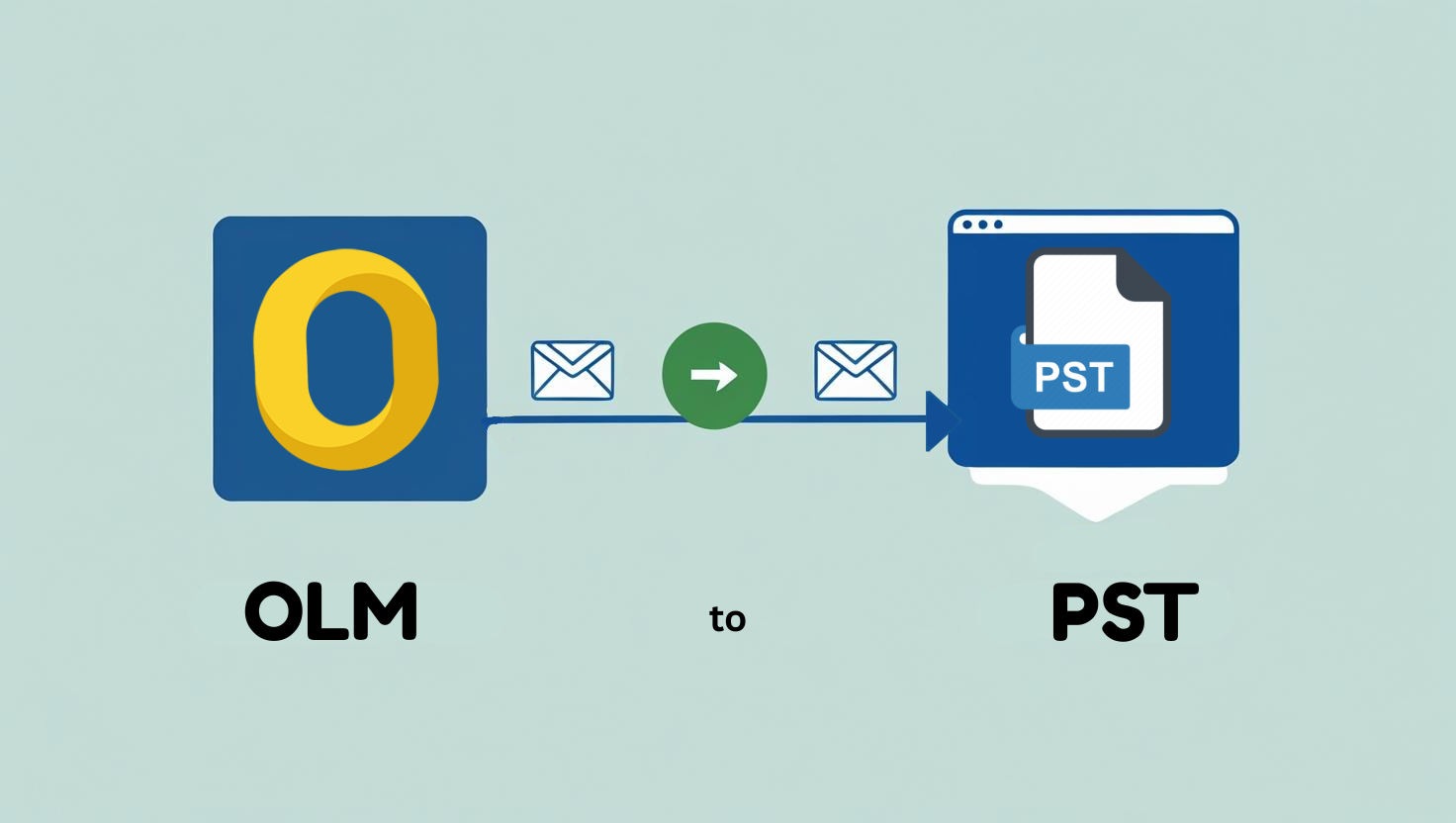Understanding how users move, click, and act on your site can make or break your online strategy. Tracking user behavior helps you see what’s working and what isn’t. It’s about learning what people want. Do people leave too fast? Do they skip past key content? These answers matter.
This guide gives you the basics if you’re building a better online experience. From tools to insights, and what to look out for, we’ll keep it plain and useful. These steps are applicable regardless of whether you run a small blog or work at a big digital marketing agency.
What Is User Behavior Tracking?
User behavior tracking is how we watch and measure what people do on websites. It shows the actions that people take on a particular website such as:
- What pages do they visit
- Where they click
- How long do they stay
- What makes them leave
It’s ensures that you get facts based on the actions of the users and visitors. This helps you fix slow pages, remove confusing buttons, or highlight what works best.
While it doesn’t mean you’re not reading minds, you’re just watching habits that can help you make relevant changes to your strategy. You can make smart choices that improve results once you understand how users interact with your content. It’s like seeing behind the curtain, but all through simple tools and data.
Traditional User Behavior Tracking Tools: What They Do And Don’t Reveal
Most sites use tools like Google Analytics. These tools track numbers, such as page views and bounce rate. However, they don’t always show you why things happen. You’ll see that people left fast, but not what made them stop reading. Or you’ll see a high click rate, but have no clue what part of the page made it happen.
These tools are helpful but limited. They give you raw data, not the whole picture. To dig deeper, you’ll need more advanced tracking later in the article. First, let’s cover the key metrics you should understand.
Common User Behavior Tracking Metrics
Before you act on the numbers, you have to know what they mean. These common metrics give you an overview of user actions and website performance.
Page Views
This shows how many times a page was loaded. It helps you spot which pages are most popular. But it doesn’t tell you if people actually liked the content.
Bounce Rate
Bounce rate is the percentage of users who leave after visiting just one page. A high bounce rate might mean people didn’t find what they expected, or your page didn’t load correctly. As a result, it compelled people to leave after checking out just one page of your website.
Session Duration
This tells you how long people stay during a visit. Longer sessions often mean better engagement. ON the other hand, short ones could mean confusion or slow load times.
Pages Per Session
This shows how many pages a person visits before they leave. It helps track how deeply people explore your site. Low numbers may signal weak internal links or poor structure.
Click-through rate (CTR)
CTR tracks how often people click on a link, button, or ad compared to how many times they saw it. A low CTR may suggest your calls to action aren’t working well.
Conversion Rate
This metric shows how many people complete a goal, such as filling out a form or making a purchase. It’s one of the best ways to measure real value.
Exit Rate
The exit rate shows where users leave your site. High exit rates on a key page can signal poor content, broken links, or unclear instructions. A low exit rate means that your user was able to find what they were looking for.
User Experience Insights You Can Gain With Advanced Tracking
Going beyond clicks and time-on-page gives you richer details. These deeper insights help you fix small things before they become big problems.
User Navigation Paths
This shows the routes users take across your site. Are they taking long paths to find things? Are they skipping steps? You’ll see where they go and where they stop.
Drop-Off Points In The User Journey
Drop-offs happen when users abandon a process, such as checkout or signup. Identifying where they leave helps you fix confusing steps or remove barriers.
Interaction Hotspots
Advanced tools show where people click, scroll, or hover most. These hotspots help you see what draws attention and what’s being ignored entirely.
Friction Points
These are parts of your site that slow users down. Maybe it’s a slow-loading image, a cluttered form, or unclear text. Tracking tools flag these areas so you can clean them up.
Scroll Behavior Patterns
This tracks how far people scroll on a page. If everyone stops halfway, maybe your content is too long, or the good stuff is too far down.
Content Engagement Levels
This shows which parts of your content keep users engaged. Are they reading? Watching a video? Leaving comments? This tells you what’s worth repeating or expanding.
User Sentiment And Feedback
Some tools let users leave instant feedback, while others track mouse movement to detect frustration. These signs help you find pain points and build trust.
Wrapping Up
User behavior tracking is more than just about numbers. It’s about understanding patterns that are leading to lower engagement. Watch what your audience does, then use that data to make smarter choices. If your site feels better to users, your results will follow. It’s simple, honest, and useful work. Keep watching. Keep adjusting. That’s how you win online.






